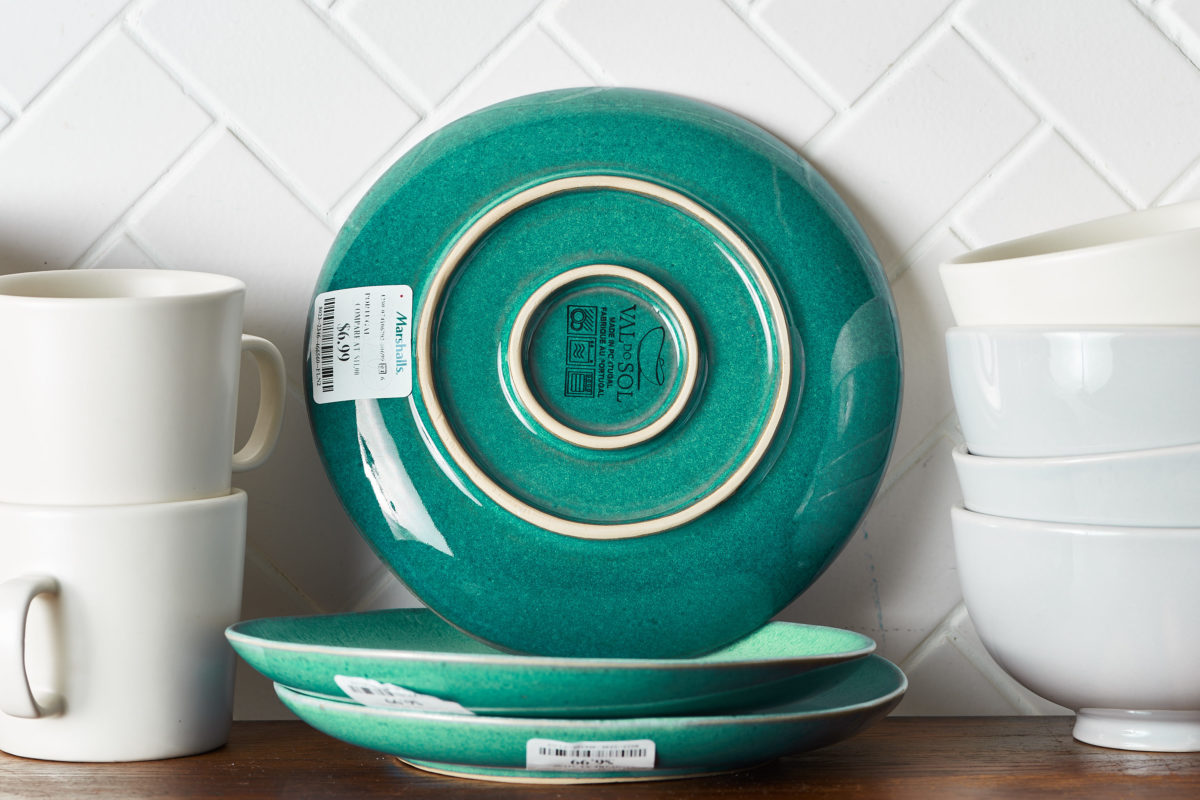The adhesives and glue they leave on the pots or the set of plates and glasses just purchased is annoying, especially when you can’t remove the last remaining halo. How to intervene with a series of natural methods or use your hairdryer.
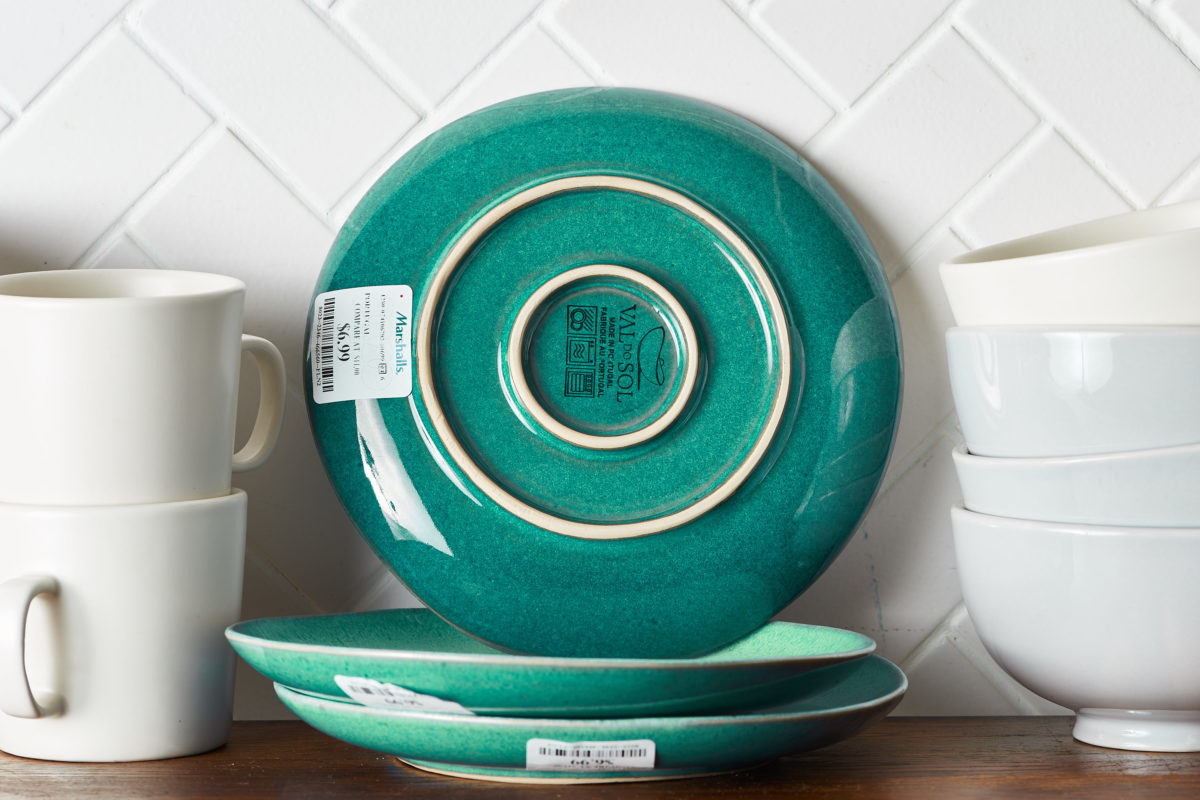
When you buy a new one household appliance shiny and shiny, a set of dishes or one kitchen tool like tongs, ladles or spoons to turn the polenta, the desire to treat it with care and keep it in the best possible condition, especially when the price has not been so lightly supported, is at the top of your thoughts.
And to keep it tidy, you are asked to pay attention to family members as well, as well as place it in an area of the kitchen away from splashes of oil and other substances, also covering it with a cloth or a light protection, but suitable to avoid any possible inconvenience.
But there is sometimes a small and annoying inconvenience, which still leaves you motionless and you don’t feel ready to use it until it’s gone. We are talking about those stickers frustrating on the bottom of pots, pans and dishes that I am impossible to scrape, if not at the risk of ruining the new piece in your collection.
Read also: Adhesive wallpaper: ideas and tips

Fortunately, there are some tricks and gimmicks that will do for you, without ruining that object so dear and above all without using products that may turn out to be harmful to health at a later time.
Don’t worry, you will never panic again as soon as you realize that that hateful adhesive label, which perhaps reminds you of the amount spent, does not want to leave and, above all, after an adequate washing to disinfect it, you will be ready to delight those present with the your magical culinary creations.
Remove glue: natural methods
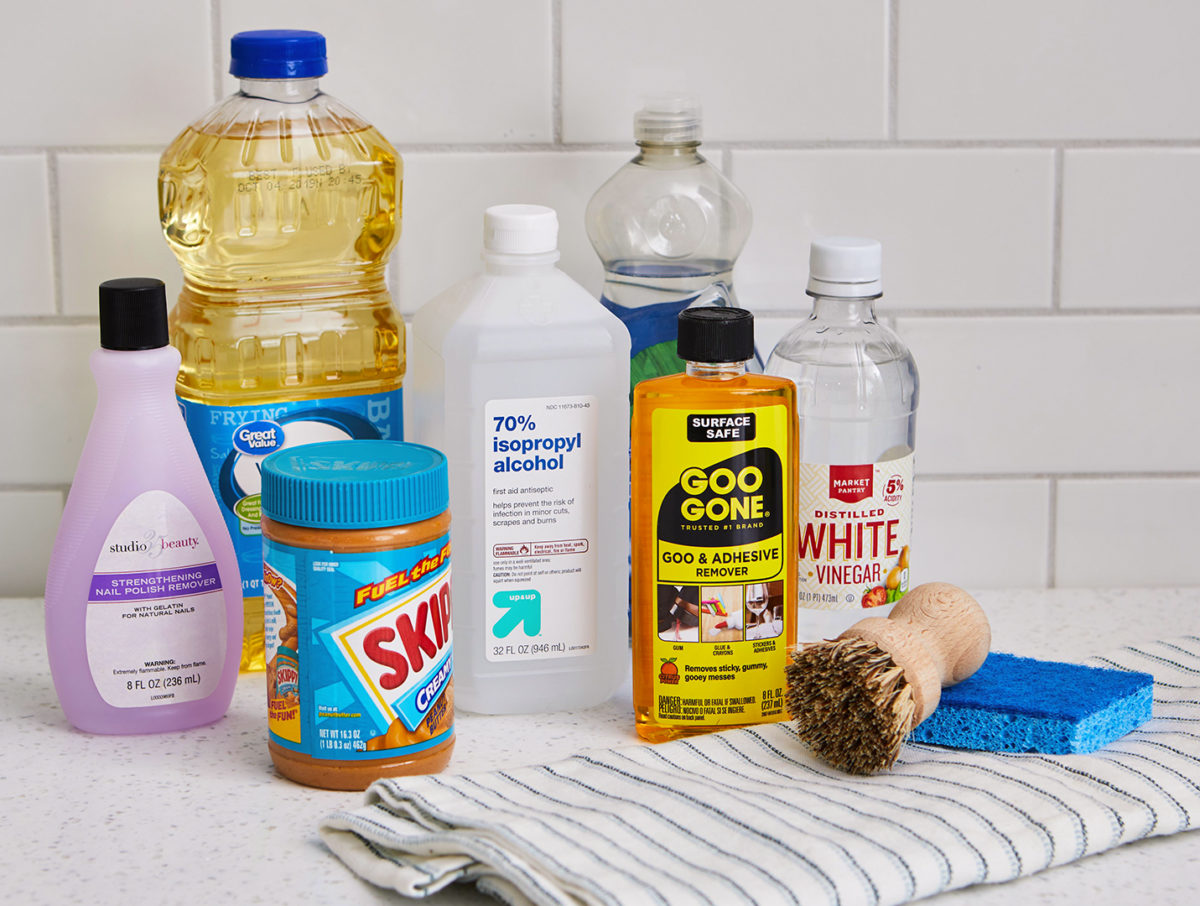
Many ed cheap the systems for erase the traces of glue; let’s analyze them one by one, indicating the materials and tools you will need.
Lemon juice or vinegar
You can use both vinegar and lemon, acidity will be the determining factor for the success of the work.
Equip yourself with a sponge, hot lemon juice or warm vinegar.
- Dip a sponge in a basin containing one of the two products.
- Wet the surface of the sticker thoroughly.
- Leave to act for about ten minutes.
- Scratch off the sticker.
- Rinse until you have removed any residue.
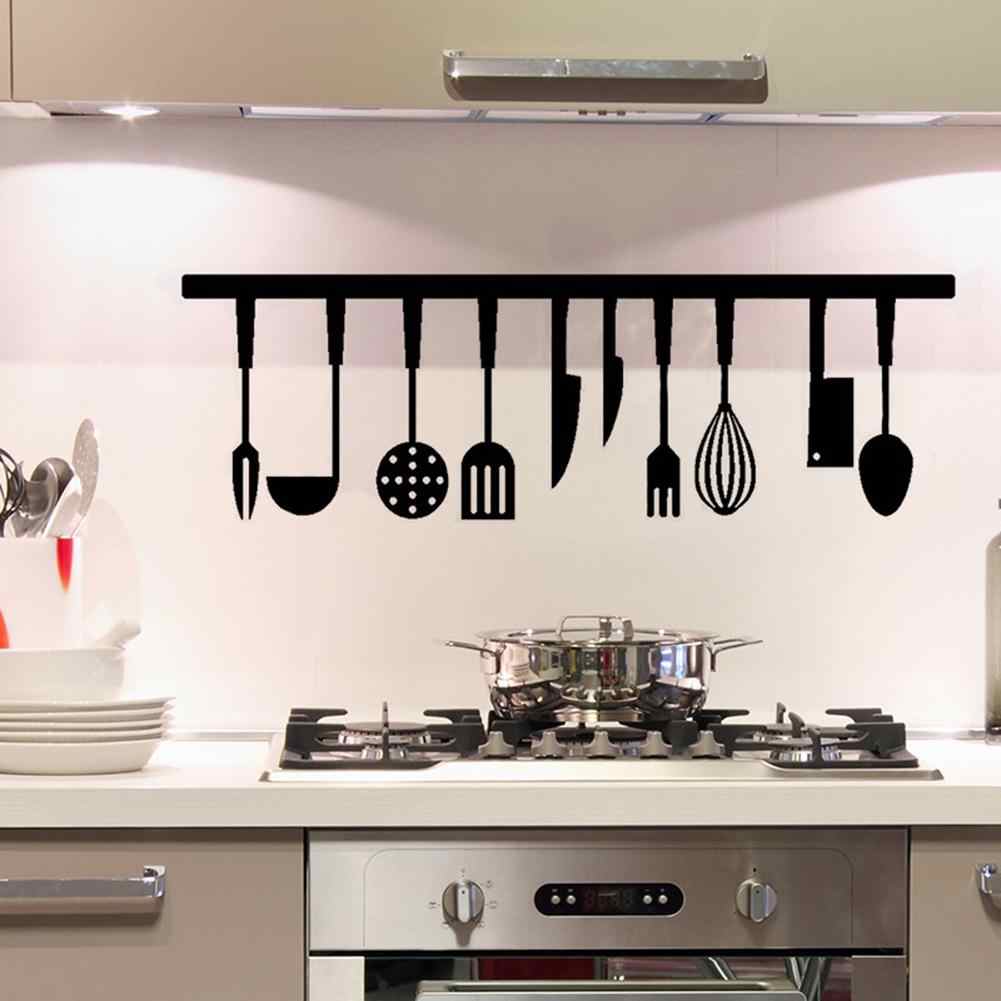
Olive oil
- Recover a cotton pad, the ones used to remove make-up.
- Wet it abundantly in olive oil.
- Rub the disk on the adhesive until it is impregnated.
- Leave for a few minutes
- Remove it by rubbing lightly with the disk.
It may interest you: How to reuse pots and pans: 10 super creative ideas
The trick must be used only up smooth surfaces.
Cleanser
This system is suitable when you are struggling with the removal of adhesives on wooden or plastic surfaces.
- Still using a cotton pad, this time soaked in cleansing milk.
- Pass it over the glue residues.
- Leave to act.
- Rinse with warm water.
Alcohol
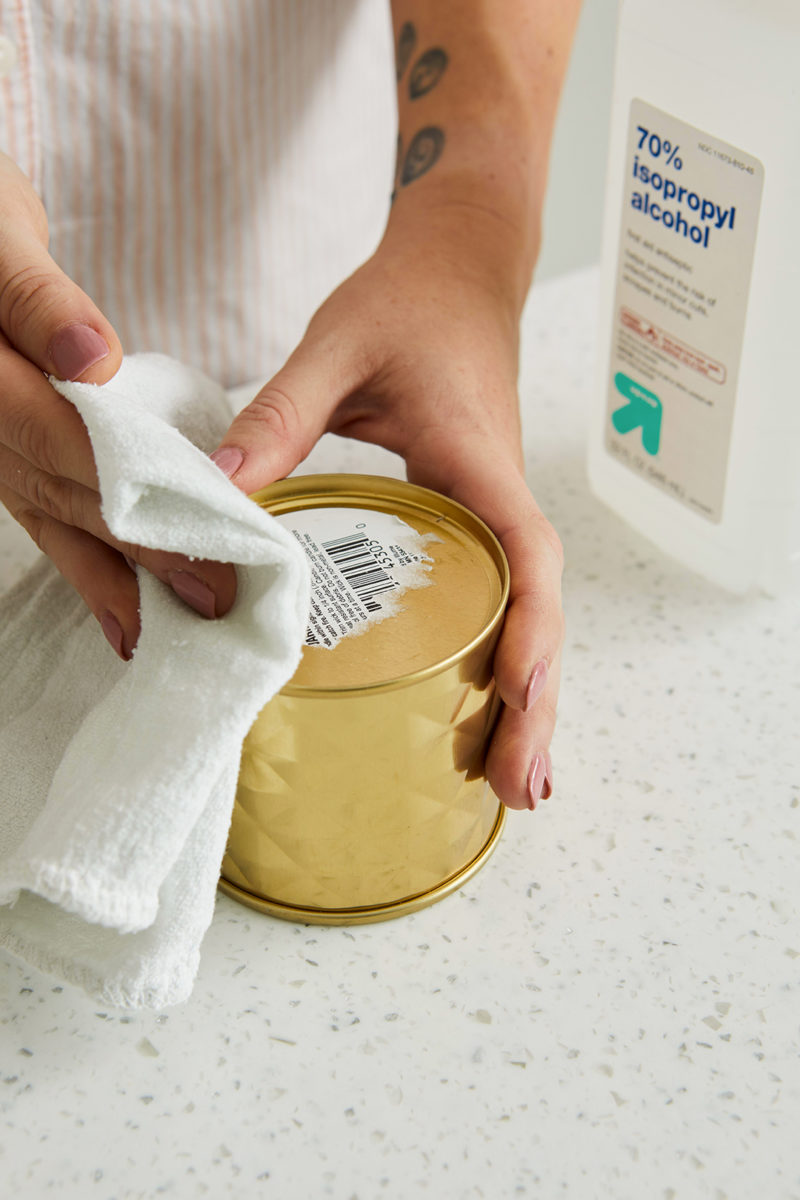
Beware of this remedy, as it is a flammable product, as well as being a harmful substance not to be inhaled or breathed.
With a bit of cotton or, if you prefer, with the make-up disc, rub alcohol on the subject matter of the matter. Avoiding scratching, act with a little force until the last halo is removed.
Remove the glue: hair dryer
Do you want design advice on how to furnish? Join the group

A unthinkable, economical method and which will require just a few moments of physical effort: use a hair dryer. Yes, it is really this useful and small appliance that you need. In this way, you will no longer even have to work hard to scrape the stickers with your fingernail, which is annoying especially for those of you who have one of the strengths in manicure.
Stop even those clumsy attempts that end up leaving semi-torn stickers visible that end up being anti-aesthetic, as well as being a possible ruin for much loved and precious appliances. I’ve also tried scrubbing the stickers with warm soapy water, but trust me, it doesn’t work either.
Retrieve the hairdryer which you usually use to dry your hair after a shower or a hot bath.
After turning it on, even at maximum power to do first, wipe it over the sticker for at least 30 seconds, letting the hot air loosen the adhesive. The adhesive should peel off easily, bringing the pots back to perfect condition.
You can use this on any material, from wood to glass to metal, so you don’t have to worry that your new cookware will be damaged or deformed in some way.
The adhesives and glue they leave on the pots or the set of plates and glasses just purchased is annoying, especially when you can’t remove the last remaining halo. How to intervene with a series of natural methods or use your hairdryer.

When you buy a new one household appliance shiny and shiny, a set of dishes or one kitchen tool like tongs, ladles or spoons to turn the polenta, the desire to treat it with care and keep it in the best possible condition, especially when the price has not been so lightly supported, is at the top of your thoughts.
And to keep it tidy, you are asked to pay attention to family members as well, as well as place it in an area of the kitchen away from splashes of oil and other substances, also covering it with a cloth or a light protection, but suitable to avoid any possible inconvenience.
But there is sometimes a small and annoying inconvenience, which still leaves you motionless and you don’t feel ready to use it until it’s gone. We are talking about those stickers frustrating on the bottom of pots, pans and dishes that I am impossible to scrape, if not at the risk of ruining the new piece in your collection.
Read also: Adhesive wallpaper: ideas and tips

Fortunately, there are some tricks and gimmicks that will do for you, without ruining that object so dear and above all without using products that may turn out to be harmful to health at a later time.
Don’t worry, you will never panic again as soon as you realize that that hateful adhesive label, which perhaps reminds you of the amount spent, does not want to leave and, above all, after an adequate washing to disinfect it, you will be ready to delight those present with the your magical culinary creations.
Remove glue: natural methods

Many ed cheap the systems for erase the traces of glue; let’s analyze them one by one, indicating the materials and tools you will need.
Lemon juice or vinegar
You can use both vinegar and lemon, acidity will be the determining factor for the success of the work.
Equip yourself with a sponge, hot lemon juice or warm vinegar.
- Dip a sponge in a basin containing one of the two products.
- Wet the surface of the sticker thoroughly.
- Leave to act for about ten minutes.
- Scratch off the sticker.
- Rinse until you have removed any residue.

Olive oil
- Recover a cotton pad, the ones used to remove make-up.
- Wet it abundantly in olive oil.
- Rub the disk on the adhesive until it is impregnated.
- Leave for a few minutes
- Remove it by rubbing lightly with the disk.
It may interest you: How to reuse pots and pans: 10 super creative ideas
The trick must be used only up smooth surfaces.
Cleanser
This system is suitable when you are struggling with the removal of adhesives on wooden or plastic surfaces.
- Still using a cotton pad, this time soaked in cleansing milk.
- Pass it over the glue residues.
- Leave to act.
- Rinse with warm water.
Alcohol

Beware of this remedy, as it is a flammable product, as well as being a harmful substance not to be inhaled or breathed.
With a bit of cotton or, if you prefer, with the make-up disc, rub alcohol on the subject matter of the matter. Avoiding scratching, act with a little force until the last halo is removed.
Remove the glue: hair dryer
Do you want design advice on how to furnish? Join the group

A unthinkable, economical method and which will require just a few moments of physical effort: use a hair dryer. Yes, it is really this useful and small appliance that you need. In this way, you will no longer even have to work hard to scrape the stickers with your fingernail, which is annoying especially for those of you who have one of the strengths in manicure.
Stop even those clumsy attempts that end up leaving semi-torn stickers visible that end up being anti-aesthetic, as well as being a possible ruin for much loved and precious appliances. I’ve also tried scrubbing the stickers with warm soapy water, but trust me, it doesn’t work either.
Retrieve the hairdryer which you usually use to dry your hair after a shower or a hot bath.
After turning it on, even at maximum power to do first, wipe it over the sticker for at least 30 seconds, letting the hot air loosen the adhesive. The adhesive should peel off easily, bringing the pots back to perfect condition.
You can use this on any material, from wood to glass to metal, so you don’t have to worry that your new cookware will be damaged or deformed in some way.

